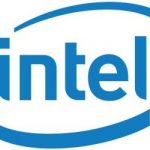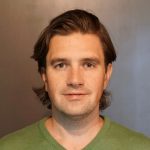Quantum News Briefs September 30: IonQ secures contract to provide quantum solutions to United States Air Force Research Lab; Prisco: The quest for a quantum internet via MDI-QKD; New National Quantum Advisory Committee to strengthen Australia’s quantum industry; & MORE
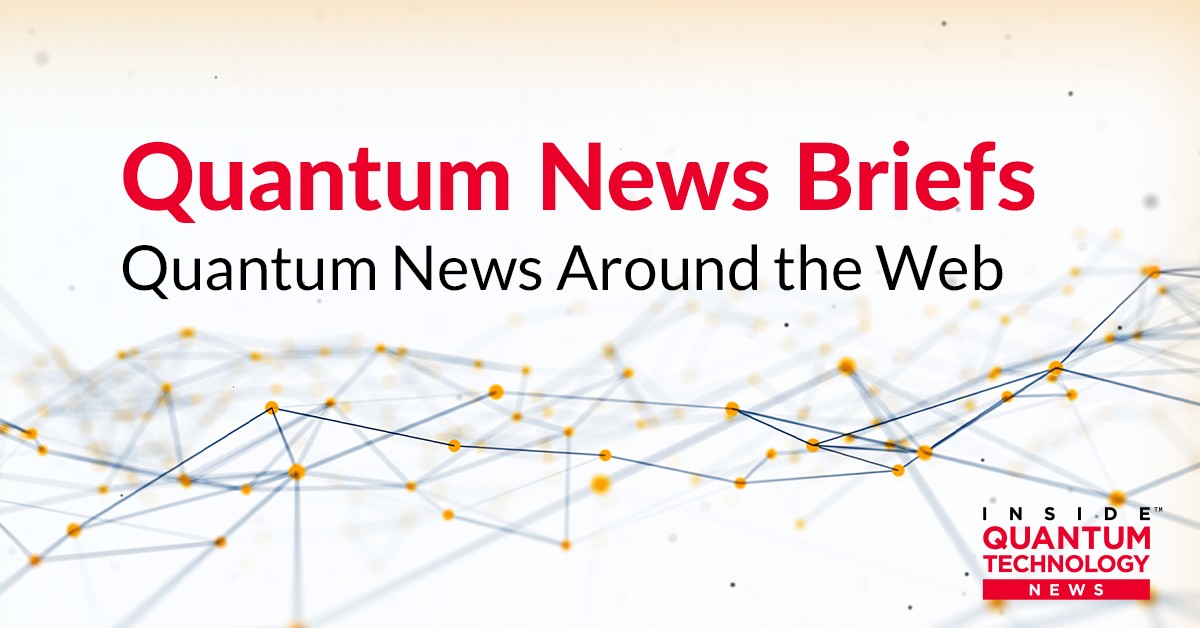
*****
IonQ secures contract to provide quantum solutions to United States Air Force Research Lab
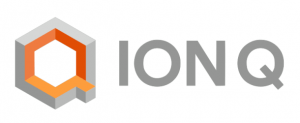 IonQ (NYSE: IONQ) today announced that it has secured a $13.4 million contract to supply the U.S. Air Force Research Lab (AFRL) with access to its trapped ion systems for quantum computing hardware research and for the development of quantum algorithms and applications. Quantum News Briefs summarizes the announcement below.
IonQ (NYSE: IONQ) today announced that it has secured a $13.4 million contract to supply the U.S. Air Force Research Lab (AFRL) with access to its trapped ion systems for quantum computing hardware research and for the development of quantum algorithms and applications. Quantum News Briefs summarizes the announcement below.Quantum computing, systems and applications have the potential to help the U.S. Air Force protect both public and private infrastructure in the United States. The AFRL-IonQ agreement, which marks IonQ’s latest commercialization milestone, represents a significant public-private partnership to invest in quantum computing.
“Trapped ion systems and their performance demonstrated by high algorithmic qubits (AQ) have some very unique properties making them one of the leading technologies in the development of quantum computing and networking capabilities,” said Michael Hayduk, Deputy Director of the Information Directorate at the Air Force Research Lab. “This contract solidifies AFRL’s long-term strategic focus in quantum information science. The partnership will accelerate critical quantum science and technology projects, benefiting the Air Force as we seek to maintain our competitive advantage and advance our national security interests.”
This agreement with AFRL was included in the previously identified late-stage opportunity in IonQ’s booking forecast that was at risk of closing in 2022. In conjunction with this new contract win, IonQ is reaffirming its previous financial outlook as stated in its latest earnings call from August 15, 2022.
*****
Prisco: The quest for a quantum internet via MDI-QKD
 The always informative John Prisco, Security CEO and founder of Safe Quantum Inc., explains different uses of QKD to create more viable networking opportunities for the near-term in his recent Forbes article summarized below by Quantum News Briefs.
The always informative John Prisco, Security CEO and founder of Safe Quantum Inc., explains different uses of QKD to create more viable networking opportunities for the near-term in his recent Forbes article summarized below by Quantum News Briefs.
Prisco explains, “As researchers begin to accelerate their time to market for quantum solutions, many are concluding that a closed point-to-point network won’t generate a lot of traction.” Instead, they’re looking at a different use of QKD to create more viable networking opportunities.
Prisco then explains the alternative of MDI-QKD, or measurement-device independent QKD. (For more technical information, here are two primers for MDI and MDI-QKD.). Using MDI technology, Alice and Bob can talk to each other, but Alice can talk to lots of Bobs at multiple points on a secured network. You can also create a more complex and broader network by intermingling multiple Alices and multiple Bobs. This is the most important difference between MDI-QKD and standard QKD: MDI-QKD has the ability to operate like a mesh network, whereas standard QKD is point-to-point with trusted nodes.
Prisco provides three key points: 1) Your relationships with your telecom and cloud provider will be key to testing the usefulness of MDI-QKD; 2) A lobal company in multiple geographies will have multiple private networks already tied together, providing an established base for quantum cryptography and 3) In markets defined by data threats,staying ahead of cybercrime and the competition are clear indicators that MDI-QKD should be on your shortlist.
Prisco, writes, “I predict that we will see telecommunications providers and market innovators in finance and other industries with large private networks starting to pause as they evaluate the best architecture for the future.”
He concludes, “MDI-QKD is a transition technology and a logical next step on the path from QKD to a quantum internet. It is an approach that early adopters and organizations seeking an entry point into quantum can easily deploy with near-immediate results.” The original article can be read by clicking here.
*****
New National Quantum Advisory Committee to strengthen Australia’s quantum industry
 A new National Quantum Advisory Committee will provide strategic advice on growing Australia’s quantum sector.
A new National Quantum Advisory Committee will provide strategic advice on growing Australia’s quantum sector.
The committee is made up of leaders from business, science, technology and government. Quantum News Briefs shares announcement from Australian Government’s Department of Industry, Science & Business.
The committee members have expertise across research and development, commercialization, investment, supply chains and national security. Chaired by Australia’s Chief Scientist, Dr. Cathy Foley, the advisory committee will guide the Australian government’s National Quantum Strategy to drive industry growth. It will also focus national efforts to bolster Australia’s international reputation as a quantum research and commercialization powerhouse.
The advisory committee members are:
- Professor Michael Biercuk, Q-CTRL, University of Sydney
- Ms Clare Birch, Blackbird
- Dr Simon Devitt, UTS, h-Bar
- Dr Cathy Foley, Australia’s Chief Scientist
- Professor Bronwyn Fox, CSIRO Chief Scientist
- Professor Lloyd Hollenberg, University of Melbourne IBM Quantum Hub
- Professor Andre Luiten, QuantX Labs, University of Adelaide
- Professor Tanya Monro, Australia’s Chief Defence Scientist
- Professor Ed Santow, Human Technology Institute, UTS
- Dr Vikram Sharma, QuintessenceLabs and Australian Quantum Alliance
- Professor Michelle Simmons, Silicon Quantum Computing, UNSW
- Mr Mark Stickells, Pawsey Supercomputing Centre
- Professor Peter Turner, Sydney Quantum Academy, Macquarie University
- Ms Jennifer Westacott, Business Council of Australia
- Professor Andrew White, University of Queensland and ARC Centre for Engineered Quantum Systems.
*****
QEC Project Consortium launches new website
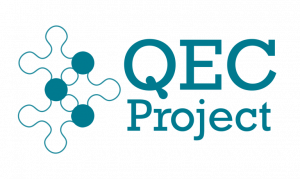 The Quantum Error Correction (QEC) Project in the UK has launched its official website to promote and communicate the consortium’s purpose, its activities and operations, and to provide stakeholders with easier and faster access to useful content. Quantum News briefs summarizes announcement below.
The Quantum Error Correction (QEC) Project in the UK has launched its official website to promote and communicate the consortium’s purpose, its activities and operations, and to provide stakeholders with easier and faster access to useful content. Quantum News briefs summarizes announcement below.
Funded by Innovate UK’s Industrial Strategy Challenge, the QEC Project website will reflect the consortium’s innovative approaches to building an error-corrected quantum computer capable of overcoming today’s noisy intermediate-scale quantum (NISQ) computer challenge and delivering commercially valuable computation advantage.
The consortium of 11 partners, led by Universal Quantum, aims to commercialize an end-to-end quantum computing solution. The project enables government, academia,and industry to collaboratively develop the first cloud-accessible, error-corrected, scalable quantum computer based on scalable trapped-ion technology and apply this technology for high-impact Computational Fluid Dynamics (CFD) simulations primarily in the aerospace industry.
The QEC Project brings together quantum hardware and software experts, creating a new quantum ecosystem to solve one of the major challenges in making quantum computers fully commercially viable. The new website highlights the consortium’s three main challenges in building the quantum computer which include –build scalable quantum computer hardware, develop error-correction software, and translate quantum computing solutions into real commercial benefits. The user can easily navigate to the individual pages to learn more about the technical challenges.
*****
Pacific Northwest National Laboratory working on revealing & eliminating sources of interference that throw qubits out of coherence
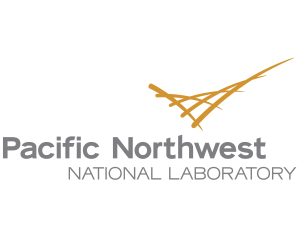 Pacific Northwest National Laboratory (PNNL), which is contributing to three of the five QIS centers in the US, is working on several aspects of quantum information sciences, including revealing and eliminating the sources of interference and noise that throw qubits out of the useful state called “coherence,” writing computer codes that take advantage of these quantum computers, and improving the material design and construction of the qubits themselves. Christian Boutan and his Pacific Northwest National Laboratory (PNNL) colleagues’s research on microwave quantum sensing is supported through PNNL’s Laboratory Directed Research and Development program.
Pacific Northwest National Laboratory (PNNL), which is contributing to three of the five QIS centers in the US, is working on several aspects of quantum information sciences, including revealing and eliminating the sources of interference and noise that throw qubits out of the useful state called “coherence,” writing computer codes that take advantage of these quantum computers, and improving the material design and construction of the qubits themselves. Christian Boutan and his Pacific Northwest National Laboratory (PNNL) colleagues’s research on microwave quantum sensing is supported through PNNL’s Laboratory Directed Research and Development program.
Recently, Shristian Boutan and colleagues were in celebration mode recently as they showed off PNNL’s first functional superconducting qubit. It’s not much to look at. Its case—the size of a pack of chewing gum—is connected to wires that transmit signals to a nearby panel of custom radiofrequency receivers. But most important, it’s nestled within a shiny gold cocoon called a dilution refrigerator and shielded from stray electrical signals. When the refrigerator is running, it is among the coldest places on Earth, so very close to absolute zero, less than 6 millikelvin (about −460 degrees F).
The extreme cold and isolation transform the sensitive superconducting device into a functional qubit and slow down the movement of atoms that would destroy the qubit state. Then, the researchers listen for a characteristic signal, a blip on their radiofrequency receivers. The blip is akin to radar signals that the military uses to detect the presence of aircraft. Just as traditional radar systems transmit radio waves and then listen for returning waves, the physicists at PNNL have used a low-temperature detection technique to “hear” the presence of a qubit by broadcasting carefully crafted signals and decoding the returning message.
“You are whispering to the qubit and listening to the resonator,” said Boutan, who assembled PNNL’s first qubit testbed. “If you hit the right frequency with a signal sent to the qubit, you will see the peak of the resonator shift. The state of the qubit changes the resonator frequency. That’s the signal shift we are listening for.”
*****
Sandra K. Helsel, Ph.D. has been researching and reporting on frontier technologies since 1990. She has her Ph.D. from the University of Arizona.


















